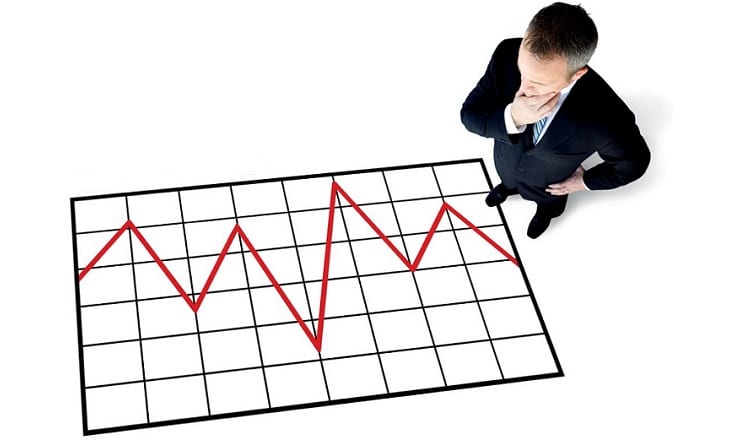The Board of the International Organization of Securities Commissions (IOSCO) today published eight recommendations to assist trading venues and regulatory authorities in the implementation of mechanisms to manage extreme volatility and preserve orderly trading.
IOSCO is the leading international policy forum for securities regulators and is recognized as the global standard setter for securities regulation. The organization’s membership regulates more than 95% of the world’s securities markets in more than 115 jurisdictions and it continues to expand.
Following recent extreme volatility events, regulatory authorities and trading venues have been reviewing their approaches to managing extreme volatility, particularly through the use of volatility control mechanisms. Volatility control mechanisms seek to minimize market disruption triggered by events such as erroneous orders, by halting or temporarily constraining trading. IOSCO believes that these mechanisms support the goal of ensuring that markets are fair, efficient and transparent, thereby increasing market integrity and investor confidence.
Today´s final report, Mechanisms Used by Trading Venues to Manage Extreme Volatility and Preserve Orderly Trading, therefore recommends that trading venues should have volatility control mechanisms to manage extreme volatility and these mechanisms should be appropriately calibrated and monitored.
The report assists trading venues and regulatory authorities in implementing, operating and monitoring volatility control mechanisms by making recommendations that trading venues should, among other things, regularly monitor volatility control mechanisms to ensure they are working as designed and identify circumstances that would require the mechanisms to be re-calibrated. Trading venues also should make information available about volatility control mechanisms and when they are triggered to regulatory authorities, market participants and, if appropriate, the public.
Because of the importance of information sharing and communication among trading venues, the report recommends that where the same or related instruments are traded on multiple trading venues in the same jurisdiction, trading venues should communicate with one another when volatility mechanisms are triggered, as appropriate. Communication among trading venues may also be appropriate where the same or related instruments are traded in different jurisdictions and a volatility control mechanism is triggered.
The report also identifies the more recent development and use of price constraint mechanisms that, rather than simply halting trading, reject or constrain certain ordersto allow trading and price formation to continue.
The report is part of IOSCO’s ongoing work on how technology is changing the way markets operate and how regulators and markets are responding to these changes. Specifically, the report builds on the recommendations in IOSCO´s 2011 report Regulatory Issues Raised by the Impact of Technological Changes on Market Integrity and Efficiency, which addressed the broad technological changes impacting markets, including high frequency trading and measures used to address volatility, including trading halts, circuit breakers and price limits.
The IOSCO’s full report and recommendations can be seen here (pdf).
